Fossils, the preserved remains or traces of ancient organisms, come in a fascinating array of colors—from jet black to pristine white and various shades in between. These color variations aren’t merely aesthetic differences but tell profound stories about the fossilization process, geological conditions, and even the biology of the original organism. The coloration of fossils offers paleontologists valuable clues about Earth’s ancient environments and the complex chemical processes that transform organic remains into stone over millions of years. Understanding why some fossils appear black while others are white unlocks a deeper appreciation for these windows into prehistoric life and the dynamic planet they inhabited.
The Basics of Fossil Formation
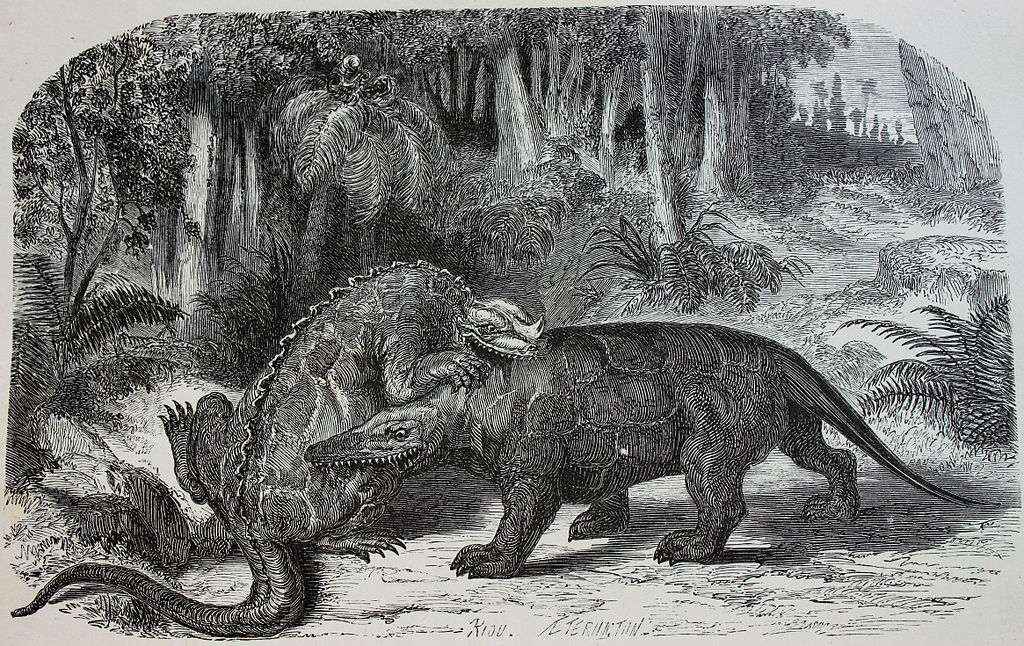
Fossilization begins when an organism is rapidly buried after death, protecting it from scavengers and decomposition. Over time, the original biological materials undergo a series of complex chemical and physical changes. As groundwater seeps through the surrounding sediment, it carries dissolved minerals that gradually replace the original tissues or fill cavities left by decomposed soft parts. This process, called permineralization, is one of the most common fossilization methods and plays a crucial role in determining a fossil’s ultimate coloration. Different minerals introduced during this stage contribute substantially to the wide spectrum of fossil colors paleontologists discover in the field, from the darkest blacks to brilliant whites and everything in between.
Black Fossils: The Carbon Connection

Black fossils typically indicate the presence of carbon, which derives from the original organic material of the organism. When plants, animals, or other organisms undergo fossilization in oxygen-poor environments, their organic tissues don’t fully decompose. Instead, through a process similar to how coal forms, the organic material transforms into carbonaceous films or becomes carbonized. This preservation of carbon gives fossils their characteristic black coloration, especially common in plant fossils, insect impressions, and some marine creatures. The intensity of the black color often correlates with the amount of carbon preserved, sometimes providing clues about the original organic composition of the specimen before fossilization began its transformative work.
The Role of Anoxic Environments
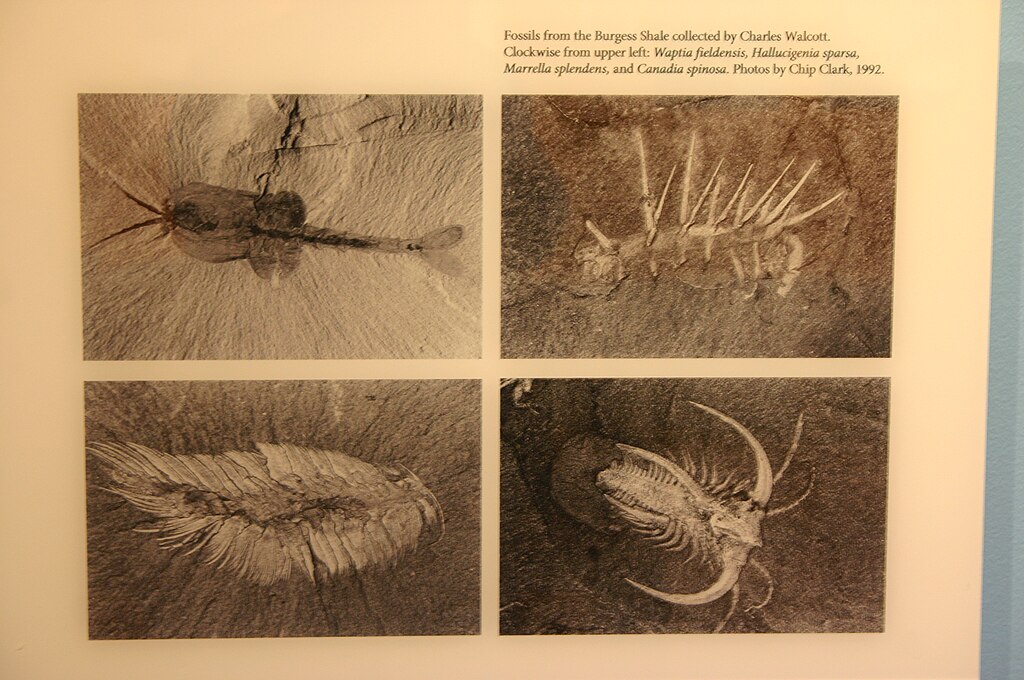
Anoxic environments—settings with little to no oxygen—create ideal conditions for producing black fossils. When organisms are buried in oxygen-depleted sediments like fine mud at the bottom of still water bodies, normal aerobic decomposition cannot proceed. Without oxygen, the bacteria that typically break down organic matter cannot function effectively, allowing carbon from the original tissues to remain intact. These conditions often occur in ancient lakes, lagoons, and deep ocean basins where water circulation is limited. The famous Burgess Shale in Canada exemplifies this process, containing remarkably preserved black fossils of soft-bodied creatures from the Cambrian period that lived over 500 million years ago. These environments essentially “lock in” the carbon, preserving not just the shape but sometimes even fine details of the original organism.
Pyritization: Fool’s Gold Fossils
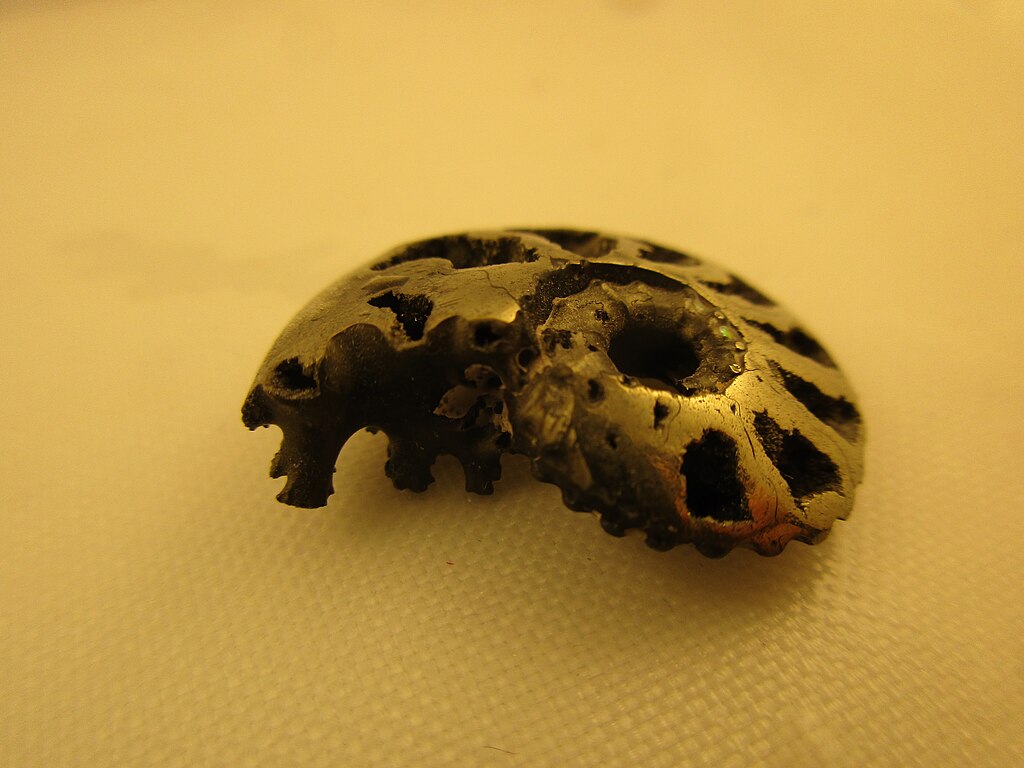
Some spectacularly preserved black fossils owe their coloration to pyritization, where the original organic material is replaced with iron pyrite (FeS₂), commonly known as “fool’s gold.” This process occurs in marine environments rich in iron and sulfur but low in oxygen. When bacteria decompose organic matter in these conditions, they produce hydrogen sulfide, which reacts with iron minerals in the surrounding sediment to form pyrite. Pyritized fossils often exhibit a distinctive metallic, brassy sheen that can appear black or very dark in color. Extraordinarily detailed pyritized fossils have been found worldwide, including ammonites with preserved soft tissues and arthropods with minute anatomical features intact. The rapid formation of pyrite around an organism can capture remarkable details that would otherwise be lost during more gradual fossilization processes.
White Fossils: Calcium Carbonate Preservation
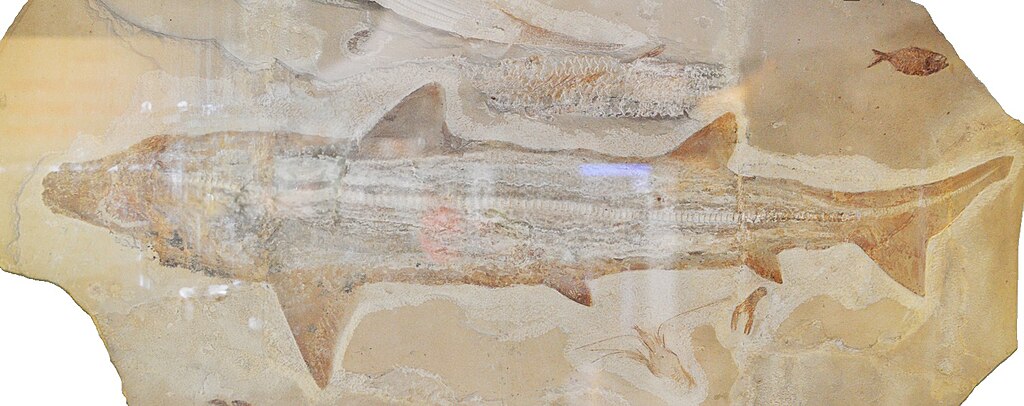
White fossils typically indicate preservation through calcium carbonate minerals, primarily calcite or aragonite. Many marine organisms, including corals, mollusks, and some plankton, build their shells or skeletons using calcium carbonate extracted from seawater. When these organisms die, their hard parts may remain relatively unchanged during fossilization, retaining their original white or light-colored appearance. In other cases, the original shell material dissolves over time and is replaced by secondary calcite, which typically appears white or translucent. This process is particularly common in limestone formations, where calcium-rich groundwater facilitates the preservation and sometimes recrystallization of these remains. The brilliant white fossils found in chalk deposits, like the famous White Cliffs of Dover, consist primarily of the calcium carbonate remains of microscopic marine algae called coccolithophores.
Silicification: Creating White and Translucent Fossils
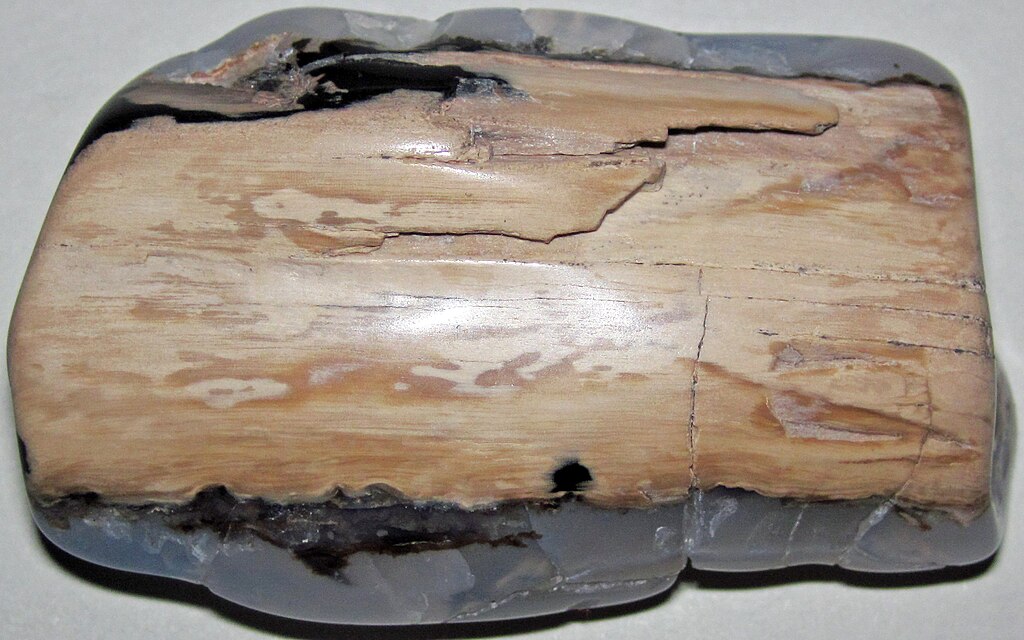
Silicification occurs when silica minerals replace the original organic material, often resulting in white, cream, or translucent fossils. This process involves groundwater rich in dissolved silica permeating the remains and depositing silicon dioxide molecules where organic material once existed. Petrified wood represents perhaps the most famous example of silicification, where the original plant cells are meticulously replaced by silica minerals while maintaining the wood’s structural details down to the cellular level. Silicified fossils are particularly valued for their exceptional preservation of microscopic details, as the silica replacement process can capture intricate structures invisible to the naked eye. Additionally, silicified fossils tend to be exceptionally durable, resistant to weathering and erosion, which explains why beautifully preserved white silicified specimens can be found in ancient deposits worldwide.
The Influence of Burial Environment
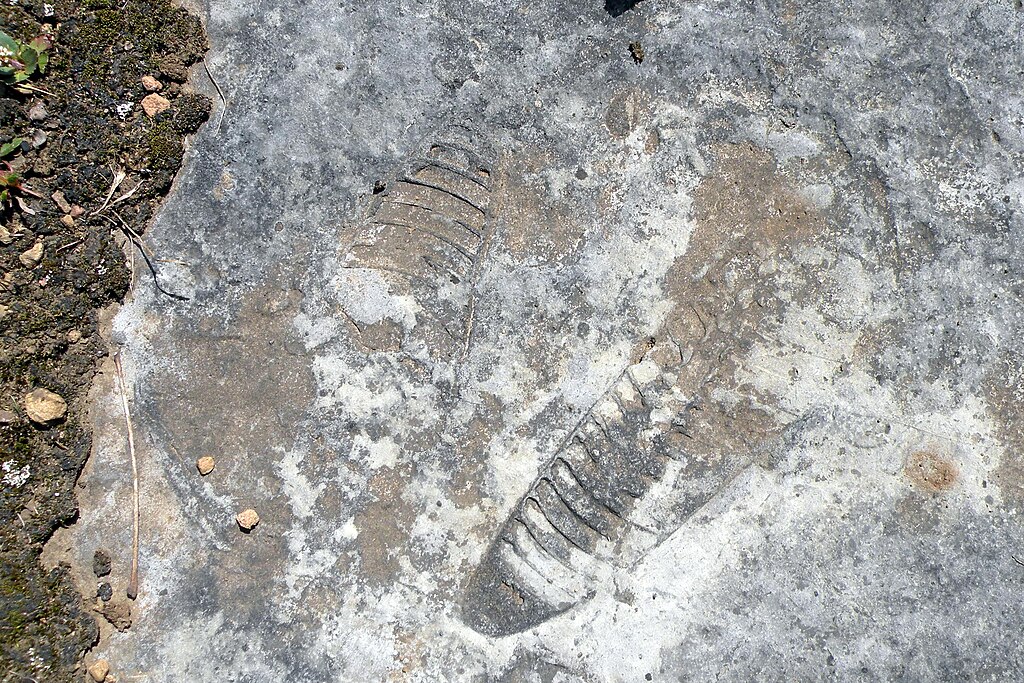
The surrounding sediment and burial environment play decisive roles in determining a fossil’s ultimate color. Fossils formed in marine settings rich in limestone often develop white hues due to the abundance of calcium carbonate. Conversely, those buried in organic-rich muds, coal deposits, or black shales typically develop darker colorations. The temperature and pressure during burial also influence mineral transformation processes that affect coloration. For instance, fossils subjected to high heat may undergo color changes as organic compounds transform or minerals recrystallize. Even the groundwater chemistry of the burial site significantly impacts color development, as different dissolved minerals can impart distinct hues to the fossilizing remains. The complex interplay of these environmental factors explains why fossils from the same species discovered in different locations often display markedly different colors.
Secondary Mineralization and Color Changes

Many fossils undergo color alterations long after the initial fossilization process through secondary mineralization. As groundwater continuously moves through rock layers over millions of years, it can introduce new minerals that stain or replace elements of the fossil. Iron oxides commonly create reddish, orange, or brown tones, while manganese compounds often contribute purplish-black hues. Copper minerals might impart greenish or bluish tints to fossils through this secondary process. A single fossil might even display multiple colors reflecting different mineralization events throughout its long geological history. Paleontologists can often “read” these color patterns to understand the complex post-burial chemical environments the fossil experienced, adding another layer of information about Earth’s past environmental conditions.
What Fossil Colors Tell Paleontologists
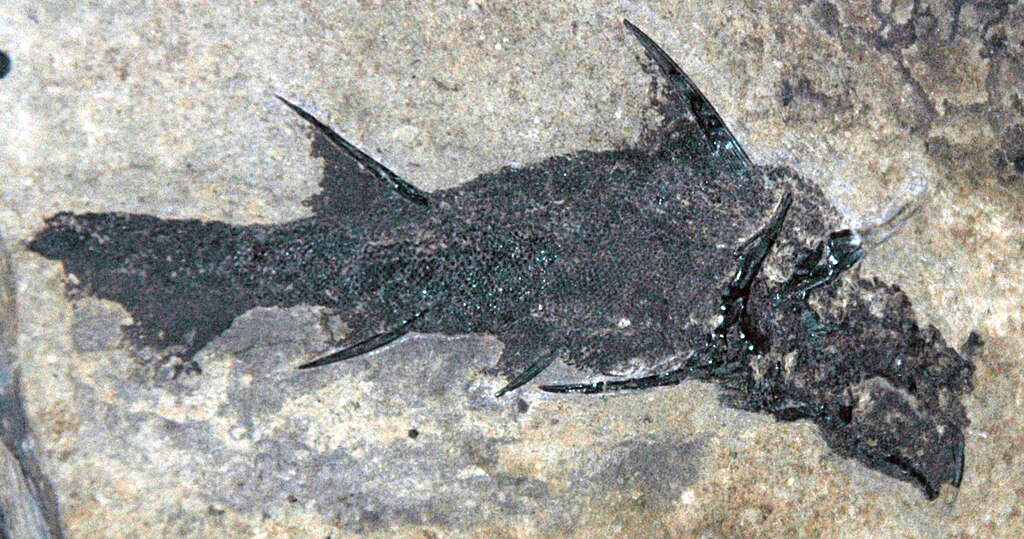
The coloration of fossils provides scientists with valuable information beyond mere identification. Color patterns can reveal insights about ancient environments, preservation conditions, and diagenetic processes (changes occurring during the transformation of sediment to rock). For example, the prevalence of black, carbon-rich fossils in a formation suggests anoxic burial conditions that prevented complete decomposition. Conversely, predominantly white fossils might indicate oxygen-rich environments or particular mineral-rich groundwater conditions during fossilization. Unexpected coloration in fossils from a specific layer might alert researchers to unusual preservation conditions or environmental changes worth investigating further. By analyzing these color patterns across multiple specimens and formations, paleontologists can reconstruct ancient ecosystems with greater accuracy and understand how fossilization processes vary across different geological contexts.
Fossil Color Changes Over Time

The colors we observe in fossils today may differ significantly from their appearance when first excavated or from their original coloration immediately after fossilization. Exposure to air, sunlight, and modern environmental conditions can trigger chemical reactions that alter fossil pigmentation. Iron compounds may oxidize, causing fossils to develop rusty hues over time. Museum specimens sometimes fade or change color under artificial lighting if not properly preserved. More dramatically, pyritized fossils may develop “pyrite disease” when exposed to humid conditions, causing them to deteriorate and discolor as the pyrite reacts with oxygen and moisture. These ongoing changes remind us that fossils are not static objects but continue to interact with their environment—a process that began millions of years ago and continues in museum collections and private displays today.
Extraordinary Colors: Beyond Black and White
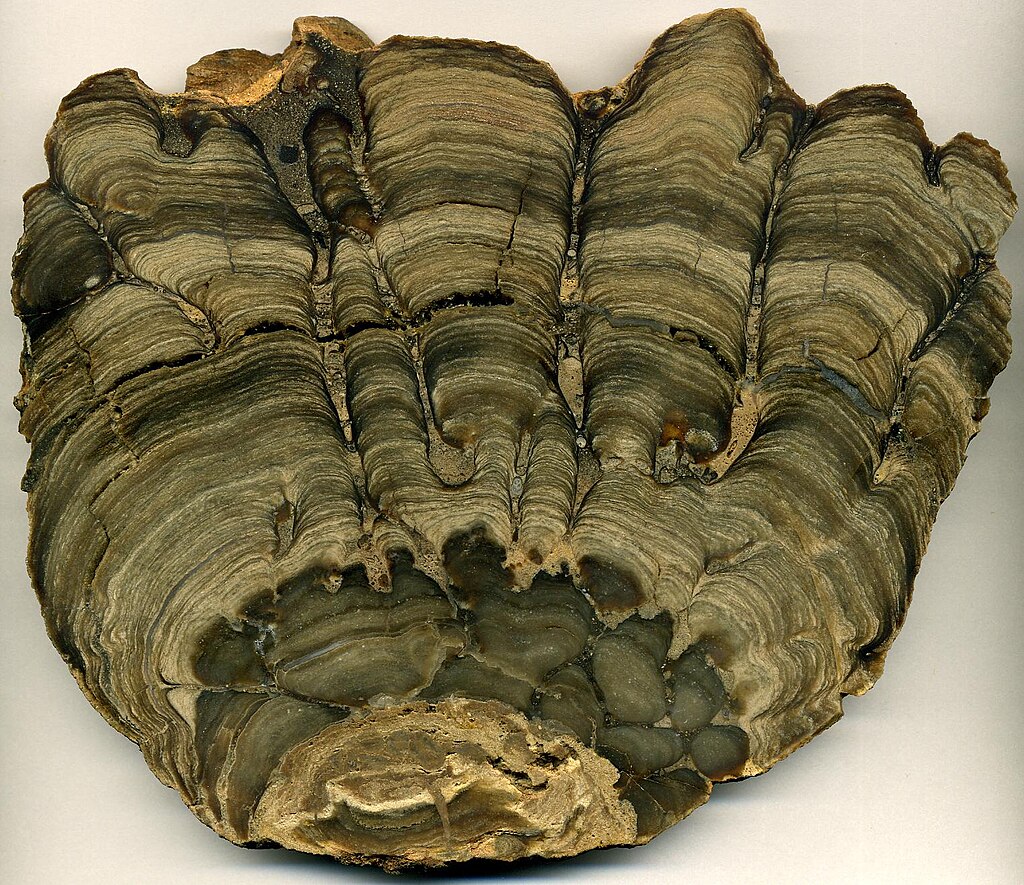
While black and white represent common fossil colorations, the full spectrum of fossil colors extends far beyond this binary. Fossils can appear in stunning reds, vivid blues, subtle greens, and almost every color imaginable, depending on their mineralization. Ammonites are particularly famous for their iridescent preservation, where their original mother-of-pearl nacre transforms into opal-like structures that shimmer with rainbow colors. Some dinosaur fossils from certain formations develop a striking blue coloration due to the mineral vivianite. Amber, technically a fossilized tree resin rather than a bodily remain, ranges from pale yellow to deep red-brown, sometimes preserving insects and plant matter in its translucent matrix. These extraordinary colors often result from unique geological conditions specific to particular localities, making them valuable indicators of ancient environmental conditions and prized specimens for both scientists and collectors.
Fossil Color and Original Biology
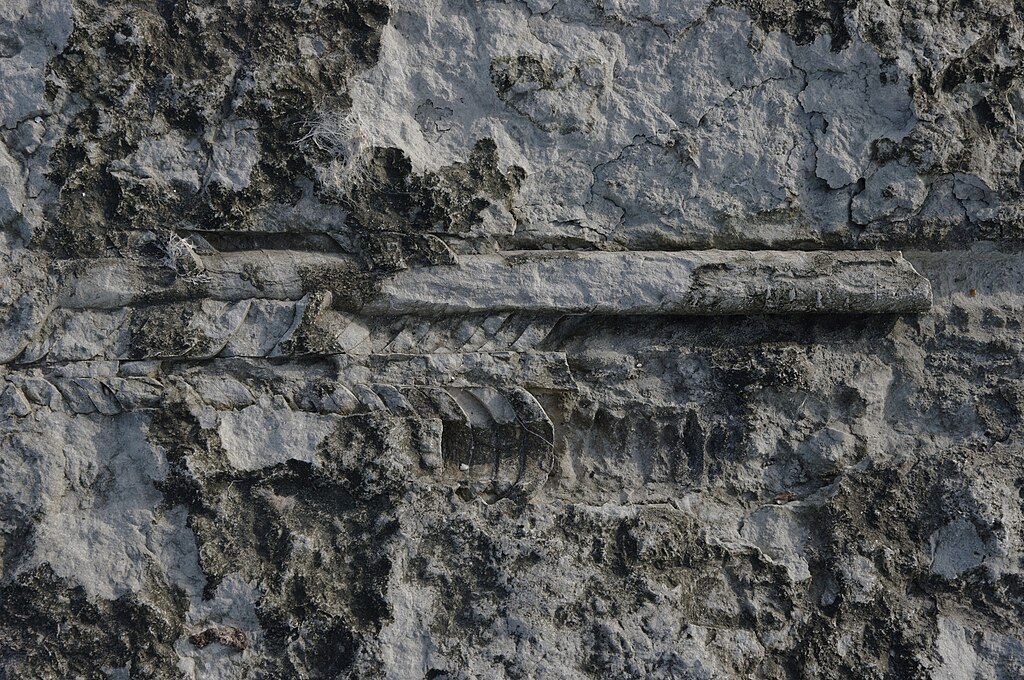
Occasionally, fossil coloration provides tantalizing glimpses into the original biology of extinct organisms. Recent research has identified melanin preserved in some fossils, suggesting the actual color patterns of ancient creatures. Certain black fossils of feathered dinosaurs, for instance, contain melanosomes—cellular structures that once held pigment—allowing paleontologists to determine their original coloration with remarkable confidence. Meanwhile, studies of fossil cephalopods have revealed preserved ink sacs still containing the original black pigment, chemically similar to ink produced by modern relatives like squid and octopuses. These rare instances of preserved biological pigmentation differ fundamentally from the more common mineralization-based colors and represent extraordinary preservation conditions. Such discoveries open windows into aspects of prehistoric life previously thought lost forever, such as camouflage patterns, sexual displays, and other color-based adaptations.
Practical Implications for Fossil Collectors
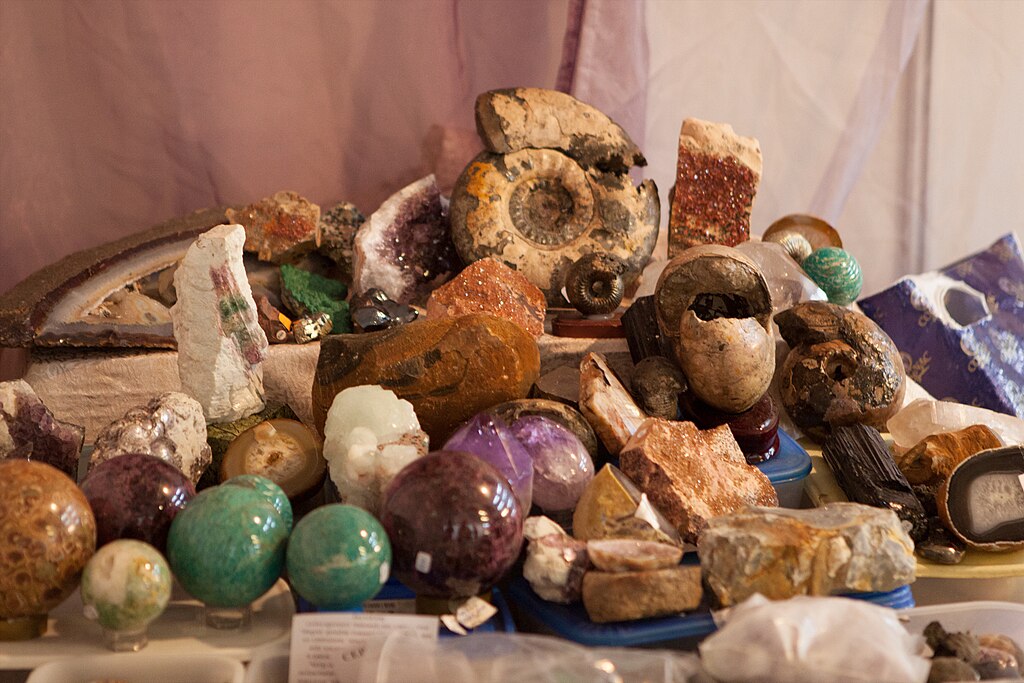
Understanding fossil coloration carries practical implications for collectors and museums alike. The mineralization that determines a fossil’s color often correlates with its durability and preservation needs. Pyritized specimens require careful humidity control to prevent decomposition, while phosphatized fossils generally demonstrate greater stability. White calcium-based fossils might dissolve if improperly cleaned with acidic solutions, but silicified specimens typically withstand more rigorous preparation techniques. Color can also help collectors identify potentially valuable or scientifically significant specimens in the field—unusual coloration might signal rare preservation conditions or types. Additionally, fossil color often influences market value, with certain colors prized for their aesthetic appeal or rarity. For museums and researchers, recognizing that fossil colors can change over time guides proper storage and display protocols to maintain scientific integrity and maximize a specimen’s research potential for future generations.
Conclusion
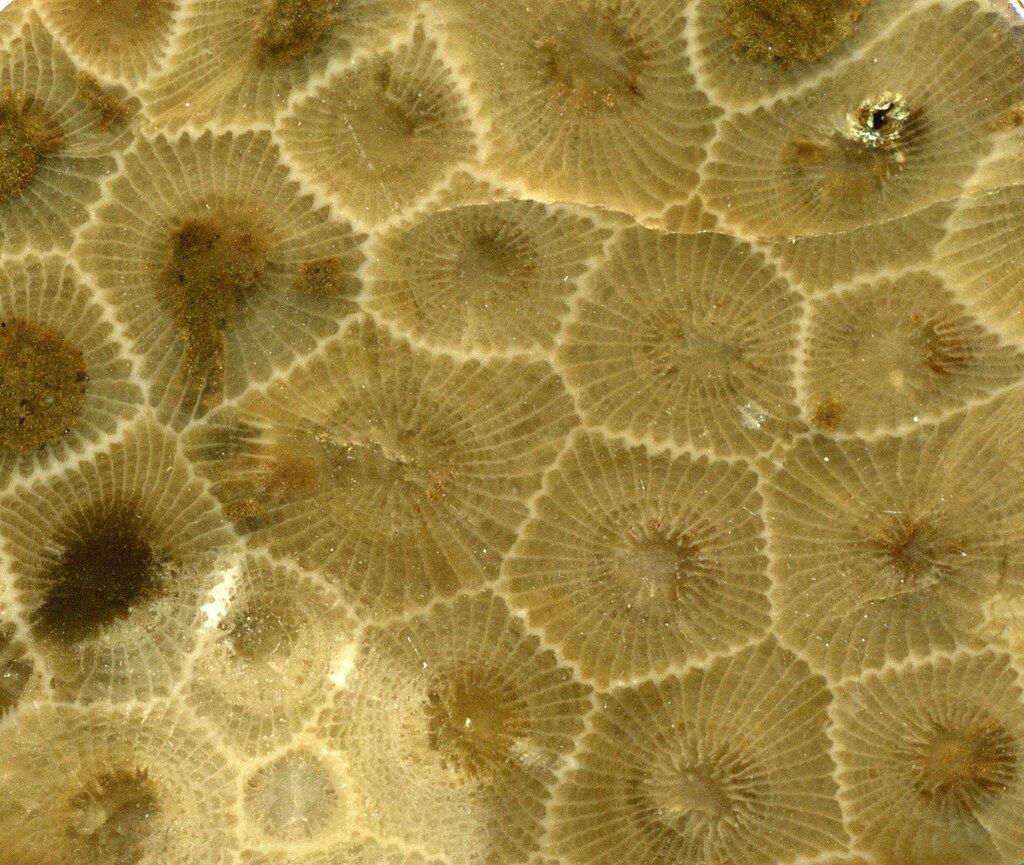
The rich tapestry of colors displayed in fossils—from midnight black to brilliant white and every hue between—represents far more than aesthetic variation. These colors encode chemical histories, revealing the environmental conditions and geological processes that transformed once-living tissue into stone over millions of years. Black fossils generally indicate carbon preservation in oxygen-poor environments or mineral replacements like pyrite, while white fossils typically result from calcium carbonate or silica mineralization. This coloration provides paleontologists with critical insights into ancient environments, fossilization processes, and occasionally even offers glimpses of original biological pigmentation. As we continue to develop more sophisticated analytical techniques, the stories told by fossil colors grow increasingly detailed, helping us paint ever more accurate pictures of Earth’s fascinating prehistoric past.



